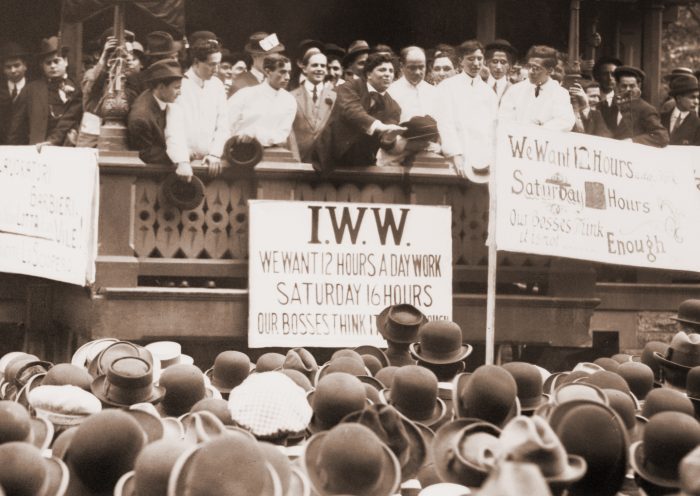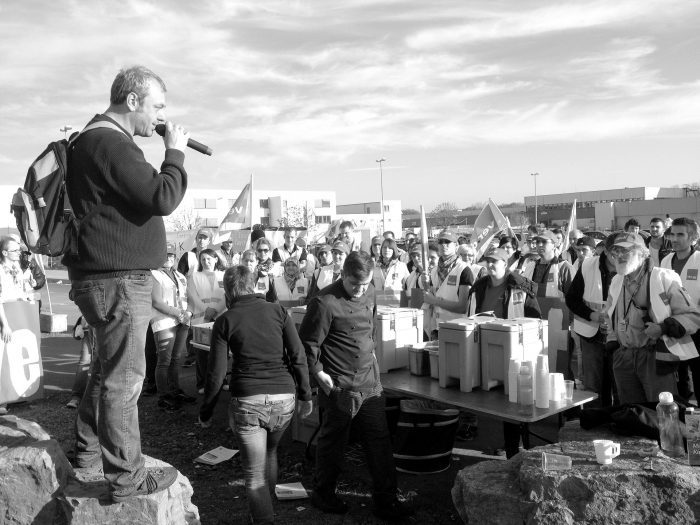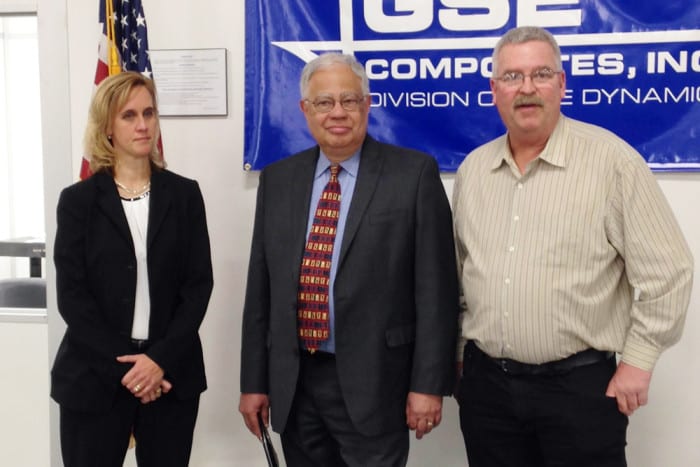By Aramis Khosronejad
Amid Labor Day celebrations, Long Island is working through a labor shortage crisis, according to New York State Assemblywoman Jodi Giglio (R-Riverhead), a member of the Assembly’s Standing Committee on Labor.
Like much of New York state, Suffolk County is navigating through various labor challenges such as its relatively high unemployment rate, lingering effects of the COVID-19 pandemic, high cost of living and rising inflation.
Labor shortages
According to the 2023 Long Island Economic Survey, “We are in the midst of one of the nation’s biggest labor crises on record, with significant labor shortages affecting all industries and geographies.”
In an interview, Giglio expressed her concerns for Long Island’s labor, suggesting “a lot of businesses [are] putting up help wanted signs and looking for somebody to fill these positions.”
This July, according to the New York State Department of Labor’s Jobs and Labor Force press release, the unemployment rate in New York state “held constant at 3.9%. The comparable rate for the U.S. was 3.5%.”
When asked whether she would consider the current labor shortage a crisis, Giglio replied, “Absolutely, it is a crisis.”
Post-pandemic recovery
The Long Island workforce is still feeling the long-term impacts of the pandemic, according to Giglio. She said much of the financial hardships were brought on by malfeasance.
“I think there was a lot of money that was stolen from the state by unemployment, fraud, and people [who] were finding ways to live less expensively,” Giglio said. Additionally, “Businesses are really struggling to stay afloat.”
Cost of living
Attributing a cause to growing labor shortages, Giglio offered that fewer young people are staying put.
“It seems as though the kids that are getting out of college are finding different states to live in and different states where they can get meaningful jobs,” she said. “The high cost of living in New York and the jobs that are available are not able to sustain life here in New York, especially on Long Island.”
Wages
While the high standard of living in New York may be one factor contributing to labor shortages on Long Island, stagnating wages present yet another barrier.
The founder of Long Island Temps, Robert Graber, explained the complications of wages and inflation.
“Wages have gone up, but inflation is outpacing the wage increase,” he said. “That makes it harder to recruit and fill positions.”
Migrant labor
Since spring 2022, a wave of migrants have entered New York state, the majority arriving in New York City. When asked if this migrant surge could help resolve the labor shortages islandwide, Giglio expressed some doubts.
“I’ve been talking to a lot of business owners and organizations that have been trying to help migrants that are coming into the city, and some even making their way out to Long Island,” the assemblywoman said. “Some of their biggest problems are that they don’t have any documents, identification from their countries, nor do they have a passport, and they don’t have a birth certificate.”
Giglio added that this lack of information could undermine effective integration into the Long Island labor force. “It’s really putting a strain on the government and the workload,” she said.








